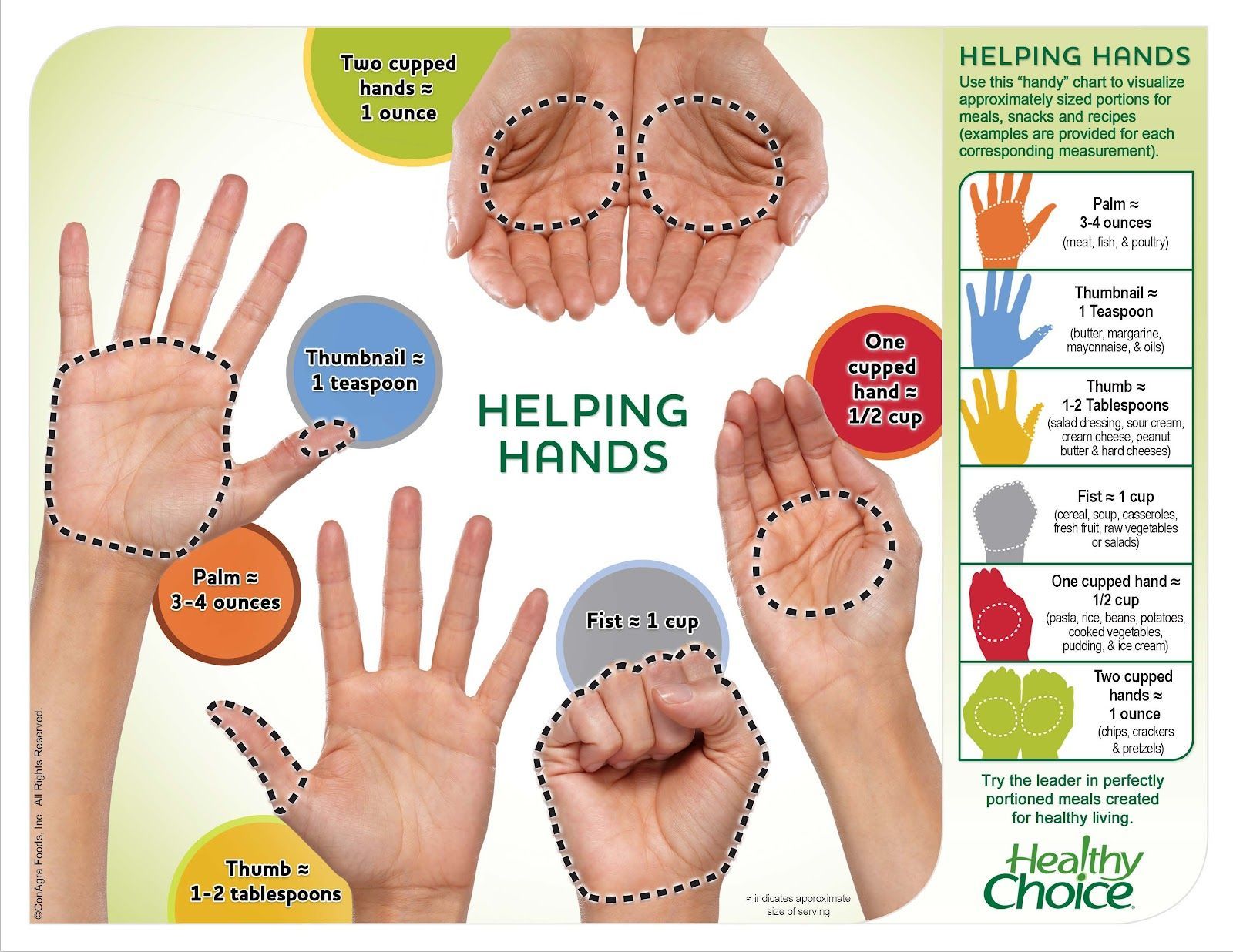
Understanding Healthy Portion Sizes and Food Labels
When it comes to maintaining a healthy diet, understanding portion sizes and food labels is essential. Many people struggle with portion control, leading to overeating and weight gain. Additionally, deciphering food labels can be confusing, making it challenging to make informed choices. In this article, we will delve into the importance of healthy portion sizes and provide guidance on how to interpret food labels.
The Importance of Healthy Portion Sizes
Portion sizes refer to the amount of food consumed in one sitting. It is crucial to consume the appropriate serving sizes to ensure you are getting the right balance of nutrients without overindulging. Eating oversized portions can contribute to weight gain and an increased risk of various health issues, such as diabetes and heart disease.
Understanding what constitutes a healthy portion size can be challenging, as serving sizes have increased over the years. However, several general guidelines can help:
One serving of meat or fish should be about the size of a deck of cards.
A single serving of carbohydrates, such as pasta or rice, should fit into a cupped hand.
Vegetables should fill half your plate, while fruits should constitute about a quarter of your plate.
A serving of dairy products, like milk or yogurt, should be equivalent to a small carton or cup.
Interpreting Food Labels
Food labels provide valuable information about the nutritional content of packaged foods. By understanding how to interpret these labels, you can make informed choices and select healthier options.
Here are some key components to pay attention to when reading food labels:
Serving Size
The serving size listed on the label indicates the amount that the manufacturer considers a single serving. Ensure you are comparing this to the amount you eat to gauge the nutritional values accurately.
Calories
Calories reflect the amount of energy provided by a serving of food. Understanding the calorie content helps you manage your overall energy intake and maintain a healthy weight.
Nutrients and Ingredients
Food labels list important nutrients such as fat, saturated fat, sodium, carbohydrates, fiber, and protein content. Be mindful of the amounts of these nutrients in each serving, especially if you have specific dietary goals or restrictions.
Additionally, scanning the ingredient list can help you identify any undesirable additives or allergens that may be present in the product.
% Daily Value
The % Daily Value indicates the percentage of a particular nutrient that one serving provides based on a recommended daily intake of 2000 calories. This value allows you to assess if a food item is high or low in a specific nutrient. Keep in mind that individual nutritional needs may vary.
Conclusion
To maintain a healthy diet, understanding portion sizes and food labels is crucial. By learning about healthy portion sizes and how to interpret food label information, you can make informed choices when it comes to your nutrition.

